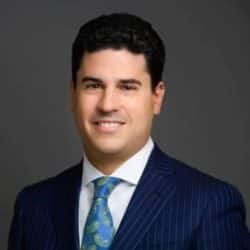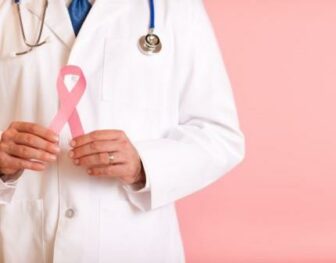Advances in Breast Reconstruction

As a follow up to our last blog post discussing advances in breast reconstruction, there are numerous options for revising, or fixing a previous breast reconstruction and supplementary procedures that can improve the initial reconstruction to restore women, as much as possible, to their normal self or achieve the most natural result possible.
In our last blog we discussed primary breast reconstruction with natural tissue or implants. This time we will focus on new supplementary procedures or the latest in revising suboptimal outcomes.
Restoring Sensation after Mastectomy with nerve grafting is one of the most exciting techniques that can be combined with DIEP flap or PAP flap breast reconstruction. Loss of sensation after mastectomy is universal because of the fact that nerves to the skin and nipple are cut during the surgery. Using a nerve graft the cut nerve endings in the chest can be reconnected to tissue transplanted to create a new breast. This “Re-Sensation” procedure won’t restore the erotic stimulation of the nipple but can improve the overall sensation to the breast mound. Additionally, the cut nerves that are not reconnected can form scar tissue and neuromas. By grafting them the hope is that painful neuroma formation is decreased.
Converting from Implant Reconstruction to Natural Tissue to correct uncomfortable, unsatisfactory, asymmetric, unaesthetic or even painful breast implant reconstruction is more popular than ever given the latest techniques that can be employed to create a natural breast mound as well as increasing concerns about breast implant illness and breast implant associated lymphoma. Because breast implants were never designed to last a lifetime, most woman will need to have them revised, replaced and or removed at some point in time. Removing the capsule of scar tissue around the implant (Capsulectomy) and replacing the implant with natural tissue from a DIEP flap or PAP flap while at the same time, repositioning the pectoralis muscle back down on the chest and nerve grafting to restore sensation can correct all of the problems with an unfavorable prosthetic reconstruction. Because the mastectomy was already performed the surgery and recovery time are shorter. Most woman report feeling resolution of the chest wall tightness caused by the scar tissue and submuscular breast implants immediately.
Fat Grafting for Reconstructing Lumpectomy and Radiation defects has become one of the most powerful tools in breast reconstruction. It is easy to perform as outpatient ambulatory procedure without any drains and minimal down time of only a few days. At most. It can lead to very satisfactory results that are often quite dramatic. The downside of fat grafting is that a significant portion of the fat usually resorbs or “melts away” and therefore sometimes more than one round is necessary to achieve the final result. It is often felt that no more than 50% of the fat that is grafted “takes”. Other risks include the possibility of the injected fat turning into scar tissue called fat necrosis that can be felt on exam or forming calcifications that can be seen on imaging causing false positives. Despite this, it is highly reliable and one of the most common techniques used to correct lumpectomy defects or breast reconstruction asymmetries. Of course, the fat is harvested from other parts of the body utilizing liposuction techniques so there is an small added benefit of improving donor site contour.
Oncoplastic Reconstruction is a phrase used to describe combining lumpectomy or partial mastectomy with plastic surgical techniques that rotate the remaining breast tissue to fill the defect from the lumpectomy. Often using a breast reduction or breast lift technique to avoid a lumpectomy deformity, concavity, or tethered scar and asymmetry. This would typically be combined with a breast lift or reduction on the opposite unaffected breast for symmetry. The result is one that looks the same as someone undergoing a breast reduction or breast lift. The downside to this operation is that it often needs to be combined with radiation which can lead to asymmetry despite the oncoplastic reconstruction.
For more information visit https://www.orenlerman.com/breast-reconstruction

